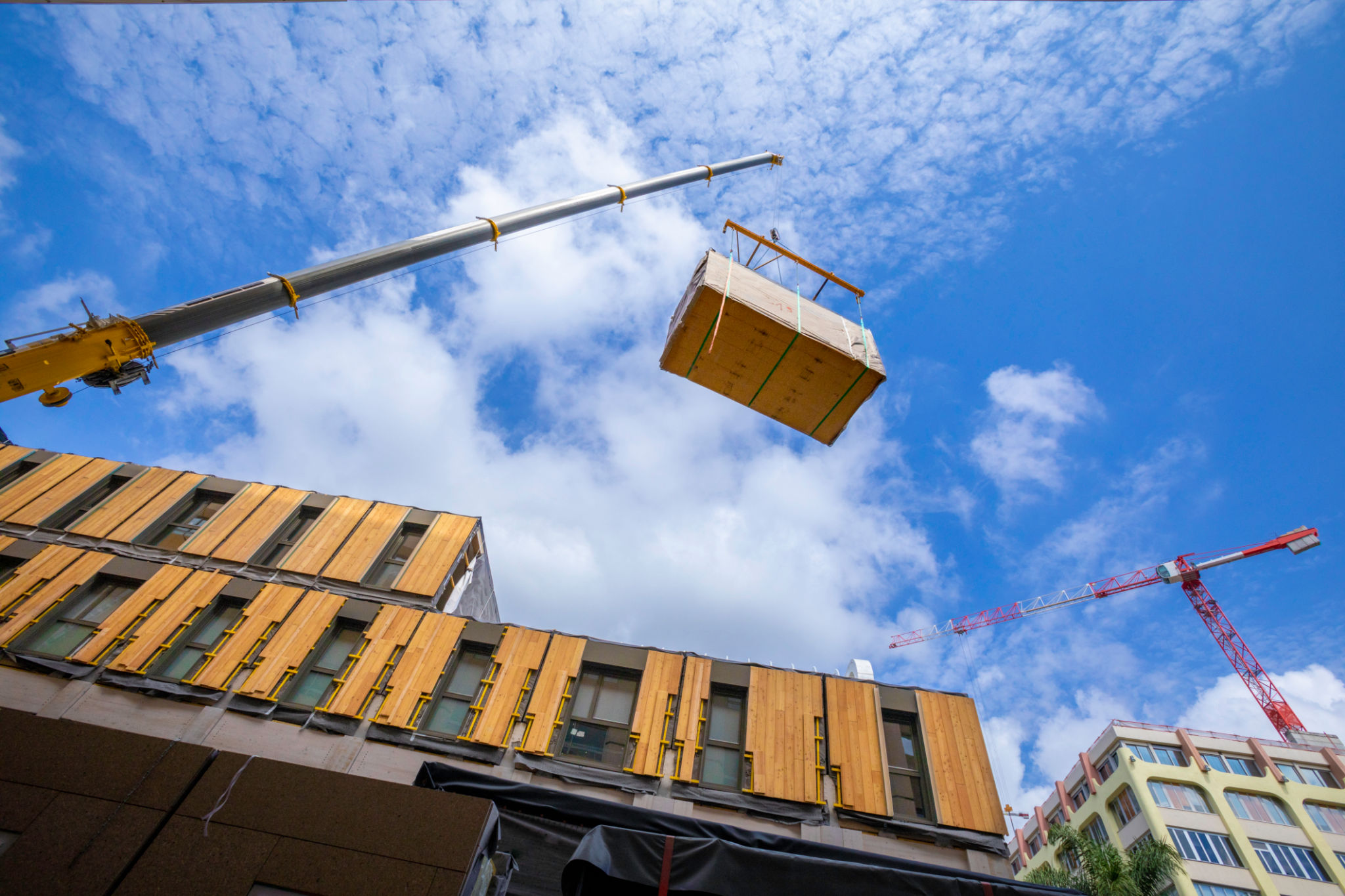Case Study: Successful Scaffolding Projects in South Australia
Introduction to Scaffolding Projects in South Australia
Scaffolding is an essential component in construction, providing the support and safety needed for workers to perform tasks at various heights. In South Australia, several successful scaffolding projects have set benchmarks in efficiency, safety, and innovation. This case study explores some of these remarkable projects, highlighting the strategies and technologies that contributed to their success.

Project Planning and Execution
The foundation of any successful scaffolding project is meticulous planning and execution. In South Australia, companies have adopted advanced planning tools that allow for precise mapping of scaffolding requirements. This ensures that all materials are available on site when needed, reducing delays and increasing productivity.
For instance, the Adelaide Oval redevelopment project is a stellar example of effective scaffolding management. The project involved intricate planning due to the complex architecture of the stadium. By using 3D modeling and simulation software, the construction team was able to design and implement scaffolding structures that perfectly matched the stadium’s contours.
Innovative Techniques in Scaffolding
Innovation plays a crucial role in overcoming challenges in scaffolding projects. In South Australia, several projects have embraced new techniques to enhance safety and efficiency. One such technique is the use of modular scaffolding systems, which are not only easy to assemble but also adaptable to different construction scenarios.
The Royal Adelaide Hospital project utilized a hybrid scaffolding system that combined traditional tube and fitting scaffolding with modern modular solutions. This approach allowed for rapid assembly and disassembly, significantly reducing labor costs and time.

Ensuring Safety Standards
Safety is paramount in scaffolding projects, and South Australian companies are at the forefront of implementing rigorous safety standards. Regular safety audits and training programs ensure that workers are well-versed in the best practices for scaffolding use.
In the construction of the New Royal Adelaide Hospital, stringent safety protocols were followed. The use of personal protective equipment (PPE) was mandatory, and daily safety briefings were conducted to address potential hazards. As a result, the project recorded an exemplary safety record with minimal incidents.
Sustainability in Scaffolding
As environmental awareness grows, sustainable practices in construction have become increasingly important. Scaffolding projects in South Australia are adopting eco-friendly materials and methods to minimize their carbon footprint.
The Tonsley Innovation District project is a prime example of sustainability in action. By utilizing recycled materials for scaffolding components and implementing waste reduction strategies, the project achieved significant environmental benefits while maintaining structural integrity.

Challenges and Solutions
Despite the successes, scaffolding projects in South Australia also face challenges such as adverse weather conditions and logistical constraints. However, companies have developed innovative solutions to address these issues effectively.
For example, during the construction of the SAHMRI building, unexpected weather changes posed a threat to project timelines. To mitigate this, the team employed weather-resistant scaffold sheeting, allowing work to continue uninterrupted even during inclement weather.
Conclusion: Lessons Learned
The successful scaffolding projects in South Australia offer valuable lessons for future endeavors in construction. Key takeaways include the importance of thorough planning, embracing innovative technologies, maintaining high safety standards, and considering sustainability throughout the project lifecycle.
By learning from these exemplary projects, other construction teams can enhance their approaches and achieve similar success in their scaffolding ventures.
